Extended Library as rehearsal room
The series of discursive and artistic activations curated by Margarita Tsomou transforms the Extended Library into a space for movement and action. The potential to question the modes of conception and production of knowledge lies in the confrontation with this contrast.
In this cross-space, which invites visitors to read, write or think, but also to perform, train, dance or lie down, as equivalent offers of knowledge practices, codes and hierarchies of traditional knowledge systems can be challenged. The introduction of operations of the body into an institutionalized learning space such as a university library turns the Extended Library into a rehearsal space for questioning the basic conditions of modern epistemology: with artistic research experiments, performance lectures, rituals, dances, sounds and actions, the rehearsal space invites us to practice both critique and the unlearning of established forms of knowledge and to address the current epistemological crisis in the midst of planetary ruins by means of embodied knowledge production.
Considering that the modern sciences and their knowledge infrastructures and apparatuses were developed in the wake of violent divisions between a constructed "man-human", as a prototype of the human, and the colonized, racialized, feminized and naturalized "others", the series navigates between positions that propose epistemological paradigm shifts.
The program follows these traces of thought with contributions by Claire Cunningham, Jule Flier/Antonia Baehr, Isabell Spengler, Agata Siniarska, Martha Hincapié Charry, Lina Majdalanie or the Fundus Forschungstheater.
Prof. Dr. Margarita Tsomou is Curator for Theory and Discourse at Theater Hebbel am Ufer in Berlin and Professor of Contemporary Theatre Practice at Osnabrück University of Applied Sciences.
May 22, 2024: Robert Walser-Sculpture - a presentation by Thomas Hirschhorn
A presentation by Thomas Hirschhorn followed by a discussion with Tsaplya Olga Egorova and Dmitry Vilensky (Chto Delat).
“Be an Outsider! Be a Hero! Be Robert Walser!”, this was the motto of Thomas Hirschhorn's 86-day installation on Bahnhofplatz Biel/Bienne in summer 2019. Robert Walser-Sculpture is a work in public space that was created in Biel/Bienne together with residents of the city in honor of the Swiss writer Robert Walser. Thomas Hirschhorn will share his experiences with this specific work in public space, pointing out some of the most important decisions that need to be made for art in public space: Dedication, location, duration and impact.
As part of the block seminar The Lexicon of Emergency and the questions of pedagogy.
Thomas Hirschhorn was born in 1957 in Bern, Switzerland. After studying at the Kunstgewerbeschule Zürich, he moved to Paris in 1983 where he has been living and working since.
His work has been presented in many international exhibitions such as Skulptur Projekte Münster (1997), the Venice Biennale (1999 and 2015) where he represented Switzerland in 2011, Documenta11 (2002), 27th Sao Paolo Biennale (2006), 55th Carnegie International, Pittsburg (2008), La Triennale at Palais de Tokyo, Paris (2012), 9th Shanghai Biennale (2012), Manifesta 10 at Saint-Petersburg (2014), Atopolis Mons (2015), Kochi-Muziris Biennale (2018), Steirischer Herbst, Graz (2021). Other venues have hosted solo exhibitions, among which the Art Institute of Chicago (1998), Museum Ludwig, Cologne (1998), Bonnefanten Museum, Maastricht (2005), Institute of Contemporary Art, Boston (2005), Museum Tinguely, Basel (2013), South London Gallery (2015), Kunsthal Aarhus, (2017), Museum Villa Stuck, Munich (2018), GL Strand, Copenhagen (2021).
Over the years, Hirschhorn has created more than seventy works in public space, questioning the autonomy, the authorship and resistance of a work of art. These demanding projects include Musée Précaire Albinet (Aubervilliers, France, 2004), The Bijlmer Spinoza Festival (Amsterdam, 2009), Flamme Eternelle (Palais de Tokyo, Paris, 2014), What I can learn from you. What you can learn from me (Critical Workshop) (Remai Modern, Saskatoon 2018), and the Robert Walser-Sculpture (Fondation Exposition Suisse de Sculpture, Biel, Switzerland, 2019).
May 16, 2024: HECATOMB II - Integration: movements and rituals for the renewal of the world
Video installation and performance by Martha Hincapie Charry followed by a conversation with Margarita Tsomou.
HECATOMB II - Integration: movements and rituals for the renewal of the world bringt drei First Nation Repräsentanten aus den so genannten Amerikas (Kolumbien, USA und dem Amazonas-Regenwald) zusammen, die das Wissen und die Weisheit ihrer Vorfahren schützen und teilen und es durch traditionelle Tänze, Lieder und Zeremonien zum Ausdruck bringen.
Im antiken Griechenland war HECATOMB die Opferung von hundert Ochsen in den religiösen Zeremonien der Griechen und Römer. Im übertragenen Sinne wird „hecatomb“ verwendet, um die Opferung oder Zerstörung einer großen Anzahl von Menschen oder Tieren durch Feuer, Sturm, Krankheit oder Schwert zu beschreiben, aber auch für die umfassende Zerstörung unbelebter Gegenstände und sogar geistiger und moralischer Eigenschaften.
HECATOMB II ist eine 3-Kanal-Videoinstallation, die mit einer Live-Performance korrespondiert, bei der das Publikum den indigenen Oberhäuptern begegnen. Dieser Vorschlag erkennt das überlieferte Wissen der Eingeborenen als eine Wissenschaft an, die auf heilenden Technologien basiert, die das Gleichgewicht des Planeten anstreben.
Folgende indigene Repräsentant*innen wurden zur Teilnahme eingeladen: Petra Gouriyu & die Arralia-Gemeinschaft, Wayúu-Volk, La Guajira-Wüste, Shane Weeks - Shinnecock First Nation, Long Island NY und Aimema Úai - Muruy Muina-Volk, Amazonas-Regenwald.
April 11, 2024: 4 Legs Good - Lecture Demonstration by Claire Cunningham
One of the UK’s most acclaimed and internationally renowned disabled artists, Claire Cunningham, presents a lecture demonstration exploring her artistic practice.
Claire will talk through the development of her career as her focus shifts from explorations about the connection between her crutches and her body, to how her crutches connect her to the world.
She will demonstrate her own unique movement style Quanimacy, illustrating how she is influenced by the use/misuse, study and distortion of her crutches; rejecting formal dance training and techniques created for non-disabled bodies. She will discuss how her work is also influenced by her lived experience of disability and its impact on the way society thinks about knowledge, value, connection and interdependence.
This is a relaxed, informal event where the audience is free to make themselves comfortable. There will be Sign Language Interpretation and a variety of seating options.
The evening will be introduced and hosted by Margarita Tsomou (Professor of Contemporary Theater Practice at Osnabrück University of Applied Sciences and Curator for Theory and Discourse at Hebbel am Ufer in Berlin).
January 12, 2024: TonTänze/Die Hörposaune/The Body is the Glitch
Performative film and lecture program with Isabell Spengler, Antonia Baehr, Jule Flierl and Margarita Tsomou
The program deals with musical scores in an extended sense and understands them as a method to reflect together with the audience in the Extended Library on the perception, reading and interpretation of the world.
To kick off the program, Antonia Baehr and Jule Flierl will perform the duet TonTänze live. Isabell Spengler, Antonia Baehr and Jule Flierl will then present their work Die Hörposaune - Film, which will be vocalized, commented on and further developed by the keynote speech The Body is the Glitch by Margarita Tsomou.
TonTänze (a selection) by and with Antonia Baehr and Jule Flierl
TonTanz (sound dance) is a conceptual invention by Valeska Gert. She uses the term to describe the movement of the voice in the body, thus moving away from the cliché of the mute female dancer. In this selection, Baehr and Flierl refer to the TonTanz genre, which opens up new forms of relationships between body, dance and voice.
Ore of Peace - 2018 - Jule Flierl
My Dog is my Piano - 2012 - Antonia Baehr
A wie Arsen - 1972 - Ruth Wolf-Rehfeldt
Dissociation Study - 2017 - Jule Flierl
HA HA HA - 2007 - Henry Wilt 2.
Die Hörposaune (The auditory trombone)
Film by Isabell Spengler, Antonia Baehr and Jule Flierl, staged in a visual installation by Nadia Lauro.
Using a floating camera, the film allows us to enter a world of membranes, liquefied boundaries and openings between inner and outer spaces. Here we encounter a reading session or voice performance in memory of the queer icon, Altus Klaus Nomi, one of the first public figures to die in the wake of the AIDS pandemic. The film delves daydream-like into the bowels of fantastical queer body imaginings, with spitting, panting, mouth space sounds, singing and vulva-like paper flower arrangements, reinterpreting anatomical representations.
OMITTED December 7, 2023: BITE. Research presentation as part of the Museum of the Anthropocene project
A performative intervention by Agata Siniarska followed by an open conversation
Introduction and moderation: Margarita Tsomou
Welcome to the Museum of the Anthropocene - among colonies of bacteria, taxidermic creatures, omnipresent ghosts, machine animals, bombs, leaking oil from the mouths of dying organisms - all performed by the human body. Ontological status: impossible but strenuously trying.
For the last centuries humans have strenuously tried to distinguish themselves from non-human organisms and non-human matter, despite the impossibility of this task. The performative research and practice of Agata Siniarska are proposals to relate to non-human entities and to share these attempts. They are no solutions at all, but efforts that clumsily litter the choreographic parameters of time, space, movement, bodies. These constant rehearsals, create knowledge that offers possibilities to expand the human sensorium, the bodily imagination, and thus to get closer to the non-self.
How can these experiments be archived? What if humans not conserve/freeze/record matter, but leave it to its own terms and allowed it to transform? Can we think of the archive as something mobile that follows movement instead of immobilizing it? How is the archive related with the world and how much do archives need humans?
Agata Siniarska works in the field of extended choreography. She places her practice between how we think about the world and how we move in it. It is a place where somatics and politics intersect - a place where body perception meets social engagement - between somatic and environmental landscapes, between human and non-human bodies. Agata’s present research explores the idea of a Museum of the Anthropocene, multi-species archives in the time of war and extinction, as well as various human and non-human alliances.
Unfortunately, this date had to be cancelled due to illness.
October 11, 2023: Opening
Opening of the Extended Library with a lecture by Anselm Franke on the significance of Sylvia Wynter's work and a performative-participative reading by Sarah Lewis-Cappellari, who will transform the Extended Library into a rehearsal space for non-knowledge in a Ceremony of Loss.
The content programme of the new Extended Library, curated by Margarita Tsomou, focuses on performative forms and formats of presentation. The 150 square metre anteroom of the library has been transformed into a transdisciplinary space for learning, work and discourse. The artistic-experimental studio creates links to multiple public spheres - both inside and outside the university.
The Extended Library also includes the new work Group Hug (2023) by Valentina Karga, Professor of Design at the HFBK Hamburg.









 Extended Library
Extended Library
 Library
Library














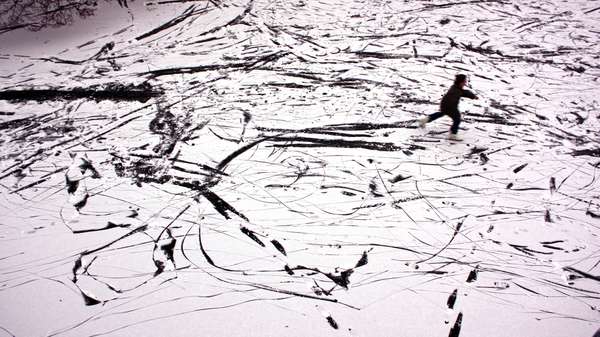
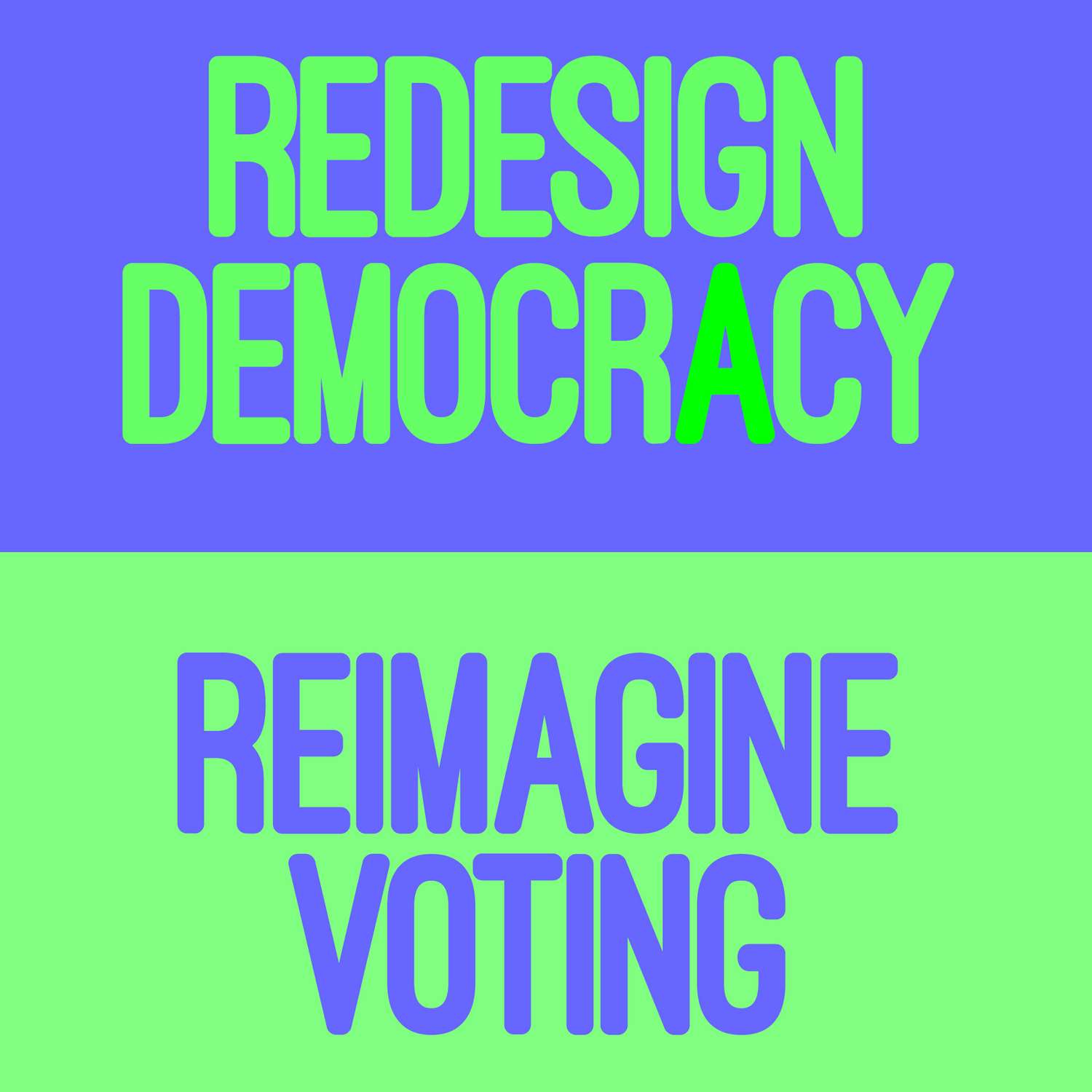
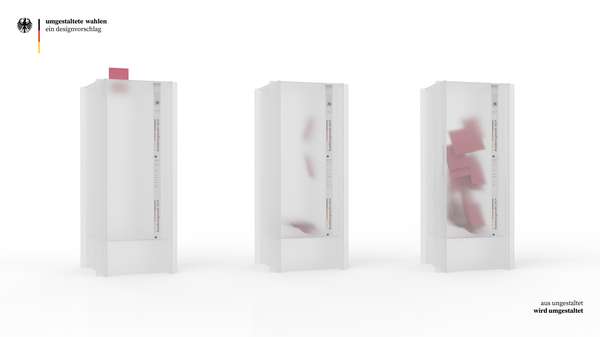






















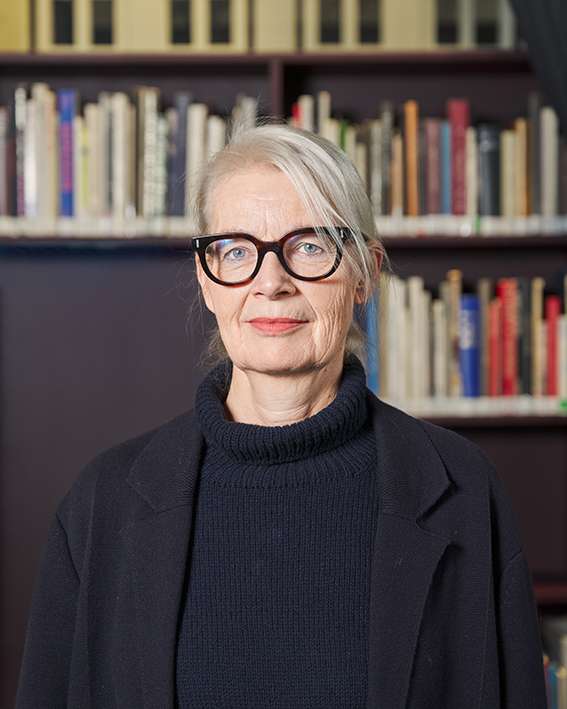









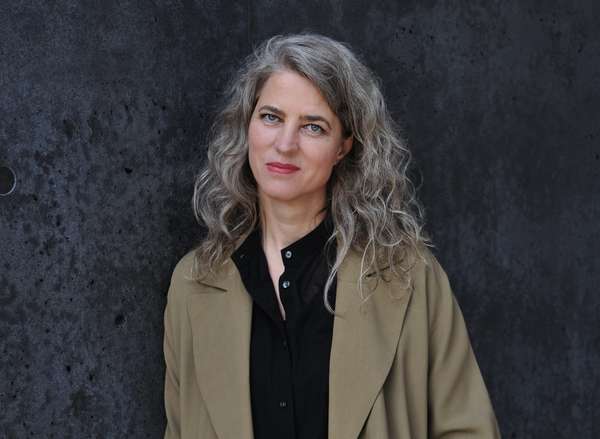




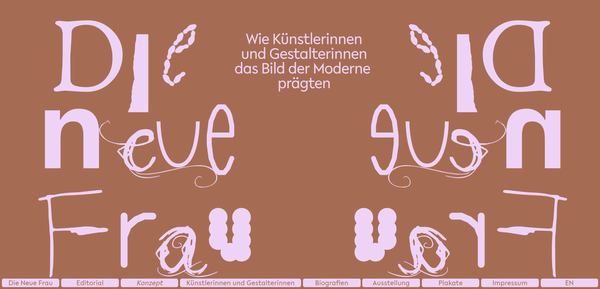

















































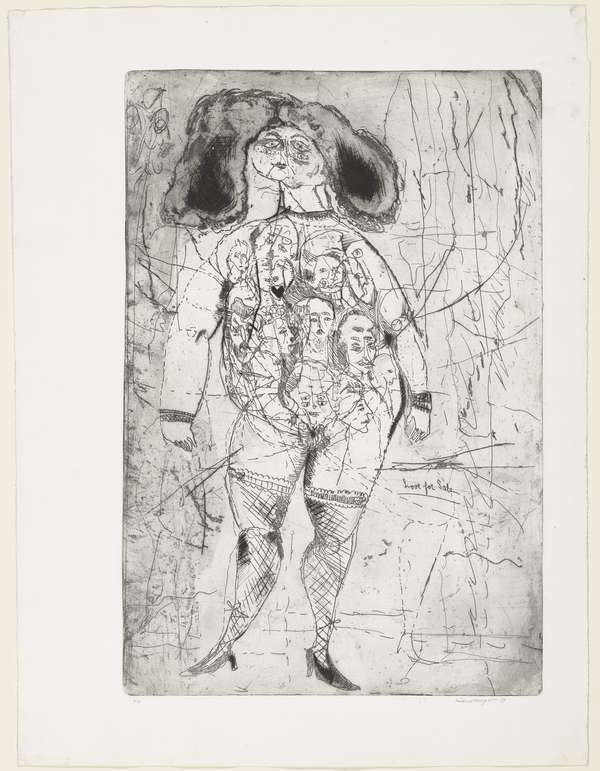



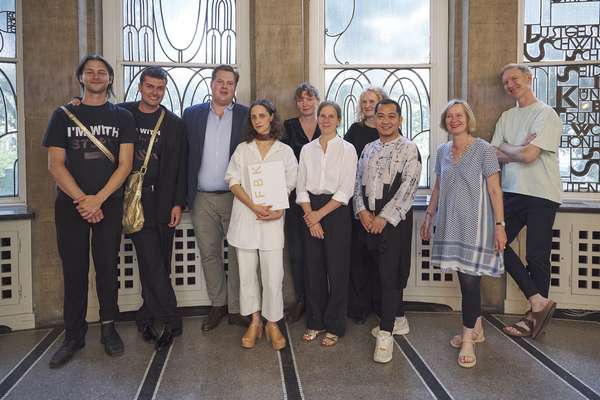



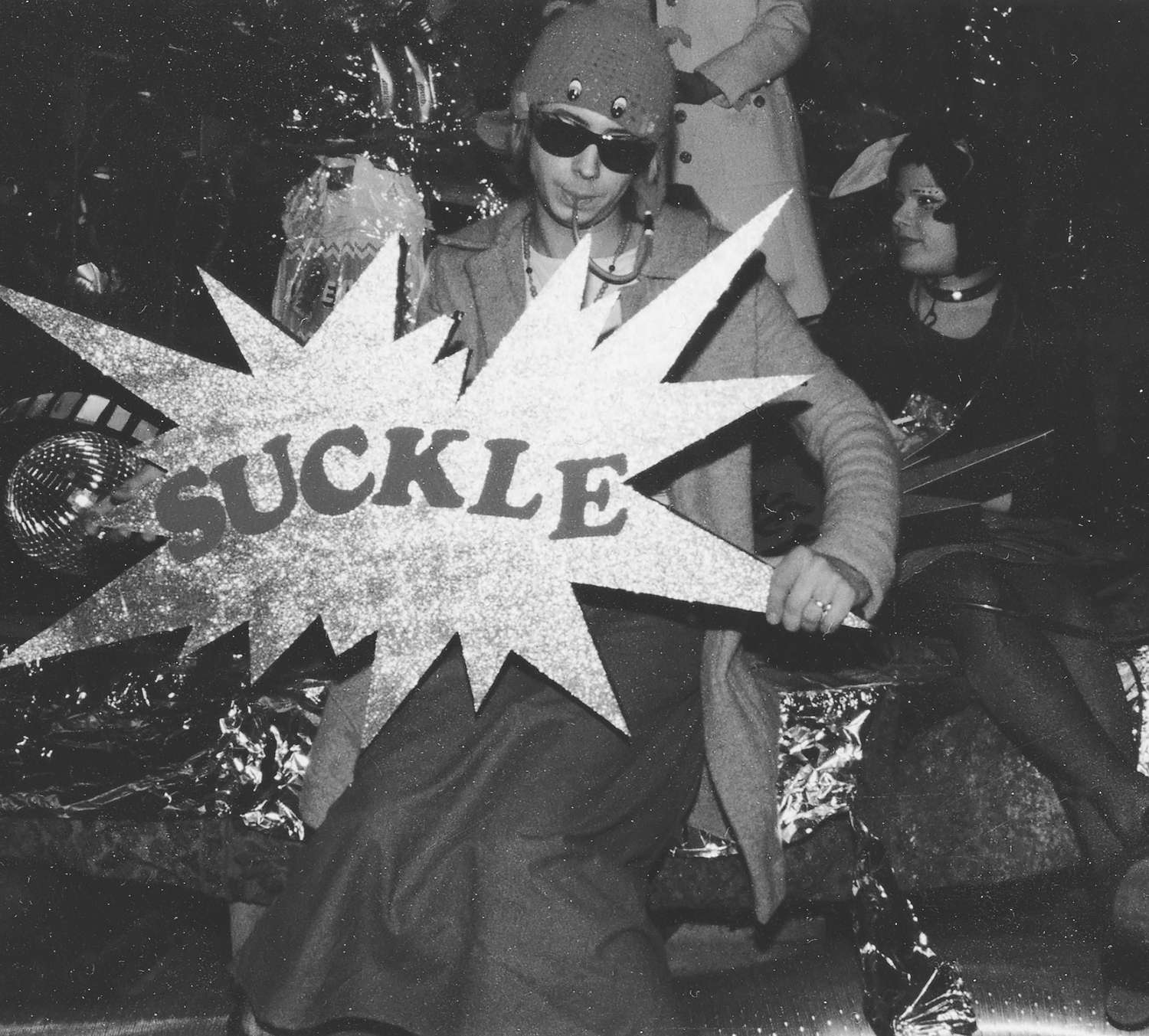





















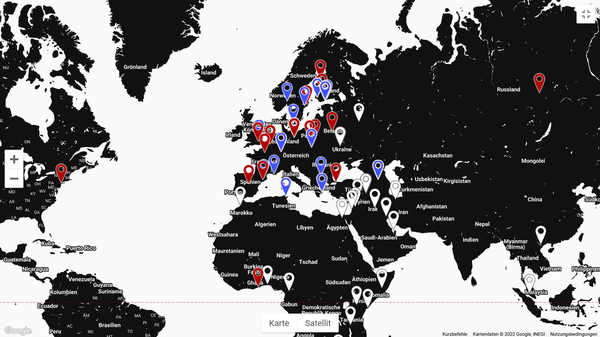











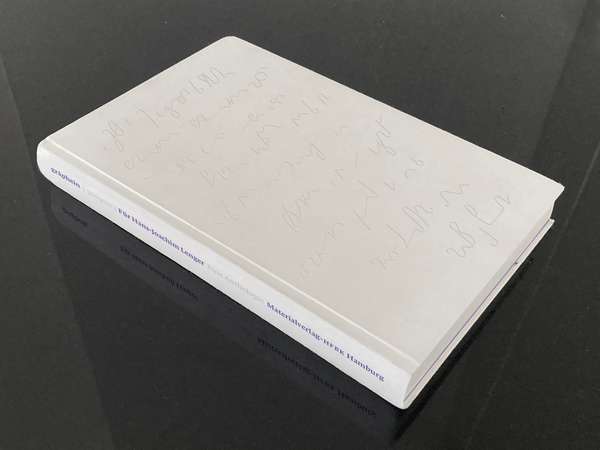



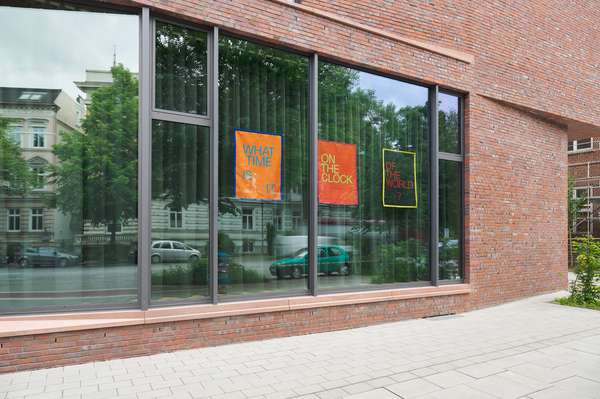










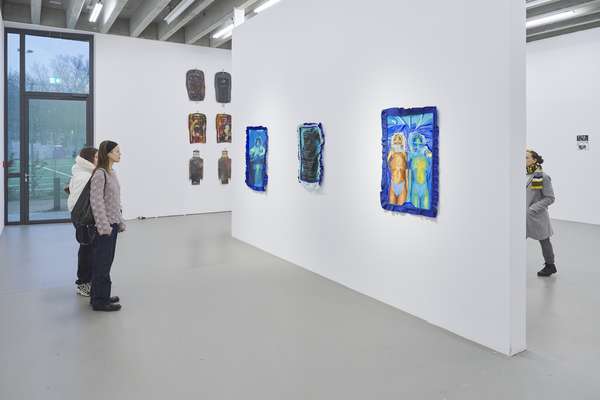



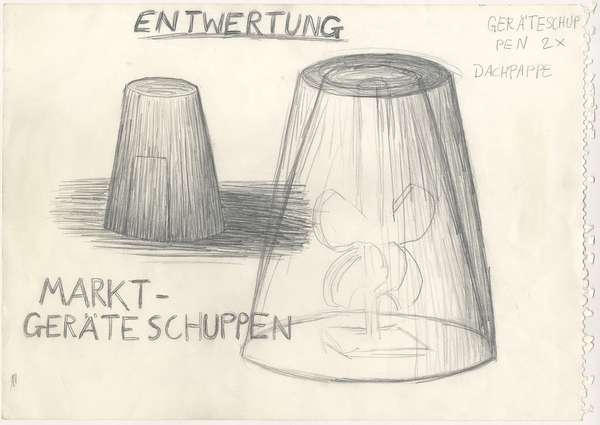











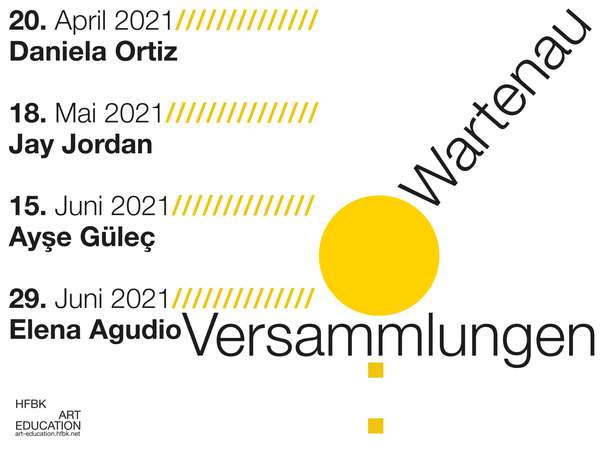











































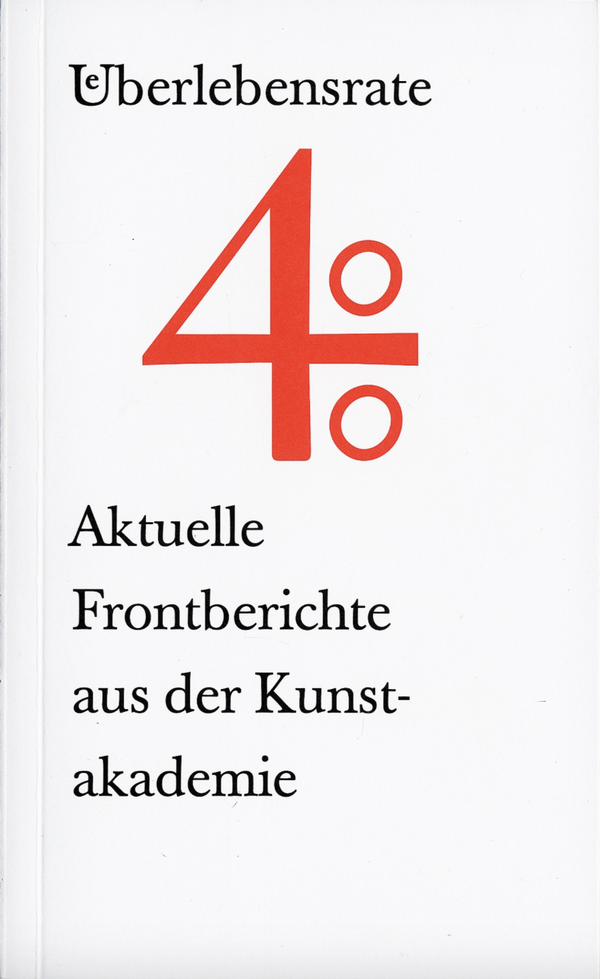




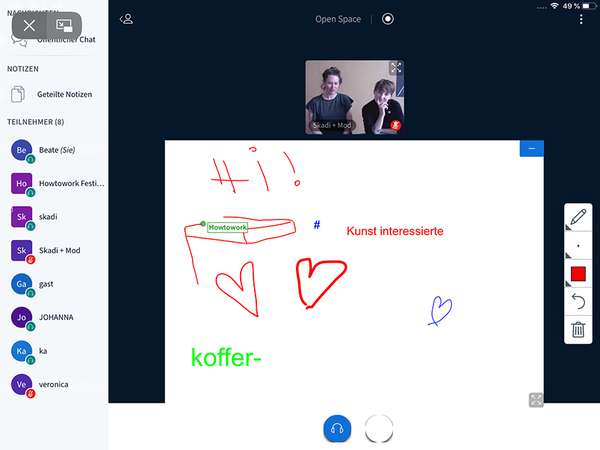


 Graduate Show 2025: Don't stop me now
Graduate Show 2025: Don't stop me now
 Long days, lots to do
Long days, lots to do
 Cine*Ami*es
Cine*Ami*es
 Redesign Democracy – competition for the ballot box of the democratic future
Redesign Democracy – competition for the ballot box of the democratic future
 Art in public space
Art in public space
 How to apply: study at HFBK Hamburg
How to apply: study at HFBK Hamburg
 Annual Exhibition 2025 at the HFBK Hamburg
Annual Exhibition 2025 at the HFBK Hamburg
 The Elephant in The Room – Sculpture today
The Elephant in The Room – Sculpture today
 Hiscox Art Prize 2024
Hiscox Art Prize 2024
 The New Woman
The New Woman
 Doing a PhD at the HFBK Hamburg
Doing a PhD at the HFBK Hamburg
 Graduate Show 2024 - Letting Go
Graduate Show 2024 - Letting Go
 Finkenwerder Art Prize 2024
Finkenwerder Art Prize 2024
 Archives of the Body - The Body in Archiving
Archives of the Body - The Body in Archiving
 New partnership with the School of Arts at the University of Haifa
New partnership with the School of Arts at the University of Haifa
 Annual Exhibition 2024 at the HFBK Hamburg
Annual Exhibition 2024 at the HFBK Hamburg
 (Ex)Changes of / in Art
(Ex)Changes of / in Art
 Extended Libraries
Extended Libraries
 And Still I Rise
And Still I Rise
 Let's talk about language
Let's talk about language
 Graduate Show 2023: Unfinished Business
Graduate Show 2023: Unfinished Business
 Let`s work together
Let`s work together
 Annual Exhibition 2023 at HFBK Hamburg
Annual Exhibition 2023 at HFBK Hamburg
 Symposium: Controversy over documenta fifteen
Symposium: Controversy over documenta fifteen
 Festival and Symposium: Non-Knowledge, Laughter and the Moving Image
Festival and Symposium: Non-Knowledge, Laughter and the Moving Image
 Solo exhibition by Konstantin Grcic
Solo exhibition by Konstantin Grcic
 Art and war
Art and war
 Graduate Show 2022: We’ve Only Just Begun
Graduate Show 2022: We’ve Only Just Begun
 June is full of art and theory
June is full of art and theory
 Finkenwerder Art Prize 2022
Finkenwerder Art Prize 2022
 Nachhaltigkeit im Kontext von Kunst und Kunsthochschule
Nachhaltigkeit im Kontext von Kunst und Kunsthochschule
 Raum für die Kunst
Raum für die Kunst
 Annual Exhibition 2022 at the HFBK
Annual Exhibition 2022 at the HFBK
 Conference: Counter-Monuments and Para-Monuments.
Conference: Counter-Monuments and Para-Monuments.
 Diversity
Diversity
 Live und in Farbe: die ASA Open Studios im Juni 2021
Live und in Farbe: die ASA Open Studios im Juni 2021
 Unlearning: Wartenau Assemblies
Unlearning: Wartenau Assemblies
 School of No Consequences
School of No Consequences
 Annual Exhibition 2021 at the HFBK
Annual Exhibition 2021 at the HFBK
 Semestereröffnung und Hiscox-Preisverleihung 2020
Semestereröffnung und Hiscox-Preisverleihung 2020
 Teaching Art Online at the HFBK
Teaching Art Online at the HFBK
 HFBK Graduate Survey
HFBK Graduate Survey
 How political is Social Design?
How political is Social Design?